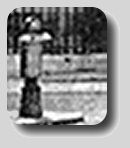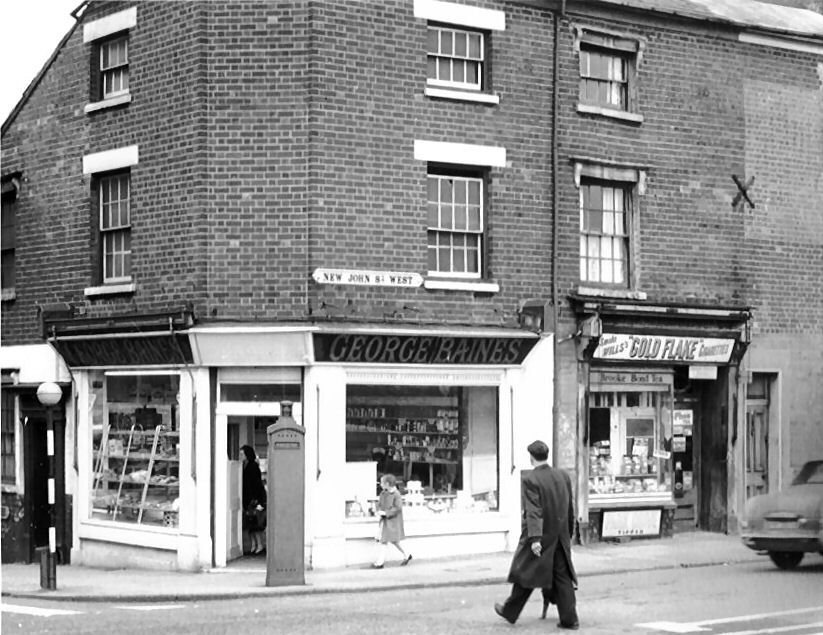brummie nick
master brummie
Now I was always under the impression that Belisha Beacons had an accompanying zebra crossing. But no, this one on Broad Street stood alone. And the second one in Corporation Street seems to have half a crossing (or maybe it's out of view). Viv.
View attachment 90174
View attachment 90175
October 1951, when the Ministry reacted to complaints that the crossings weren't sufficiently visible by ordering that they should have thick white stripes painted across the road to leave motorists in no doubt. Because they now had a set of black and white stripes on the road to match the ones on the Belisha Beacon poles, they were renamed Zebra Crossings,






